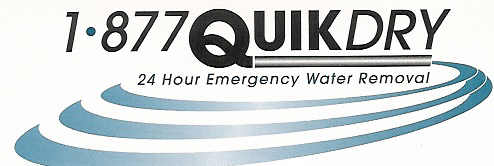|
Water Damaged, Wet CeilingYou arrive at home and walk into the kitchen or living room and, OH NO! It looks like it is raining from your ceiling! What should you do? First thing, remain calm. Do not turn on any lights or appliances in the area, to avoid electrical shorting or possible electrocution. Stay away from underneath the water damaged ceiling area (as best as possible) as sometimes a water damaged ceiling will collapse and could cause serious injury. If the water damaged ceiling is on the first floor, check the second floor to possibly see where the water is coming from and perhaps shutoff the water flow. Some possible and common sources of water: Toilet overflow. Overflowing sink, or tub, that was left on and that is clogged or slow draining. Washing machine overflow. Roof leak (immediately call a 24 HR. emergency service roofer). For many of these issues you will be able to shutoff the flow of water by immediately correcting the problem. If the cause is a broken or cracked supply line (under a toilet or sink) try to shut off the corresponding valve at the source, thereby stopping the flow of water. If none of these solutions work, shut off the water main valve to your house. If this is not possible, call an emergency service plumbing company for help. Remember it is always a good thing to have an established relationship with a plumbing company, especially one who offers 24 hour emergency service. After you have shut off the water source, you may want to carefully place bowls or buckets where the water was leaking through the ceiling, this will help to prevent water damage to flooring or cabinets below the water damaged ceiling. Remember though, safety first! Do not go beneath a ceiling that looks saturated or cracked. Often, water will drain through ceiling registers or can lights. In this situation this is a normal occurrence as water looks for the path of least resistance to travel downward and often these pre-cut light and heating / air conditioning holes in the ceiling are the easiest way for water to travel downward. After these initial steps, because of the complexity of this type of water damage situation, it is recommended that you contact a certified water damage restoration specialist to evaluate the ceiling damage. A professional will be able to correctly determine the extent and size of the water damaged ceiling and what areas can be dried or what areas of finish materials will have to be removed and replaced. An important note, even though some of the ceiling may need to be removed, the exposed wood framing beams will still need to be dried prior to re-installing dry wall (sheetrock) over them. Drying of this type is usually accomplished effectively throught the use of dehumidifiers and turbo air movers (high velocity fans). This is a very important step in the water damaged ceiling drying process and should never be ignored. GOOGLE + |
